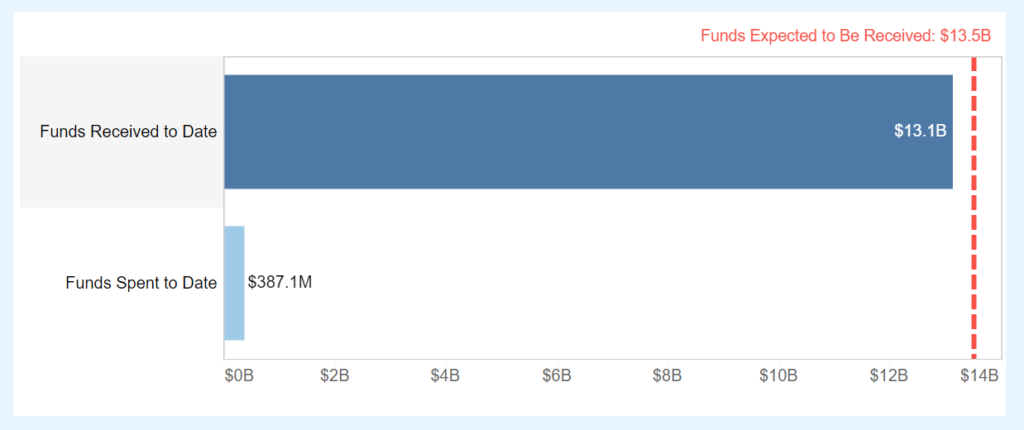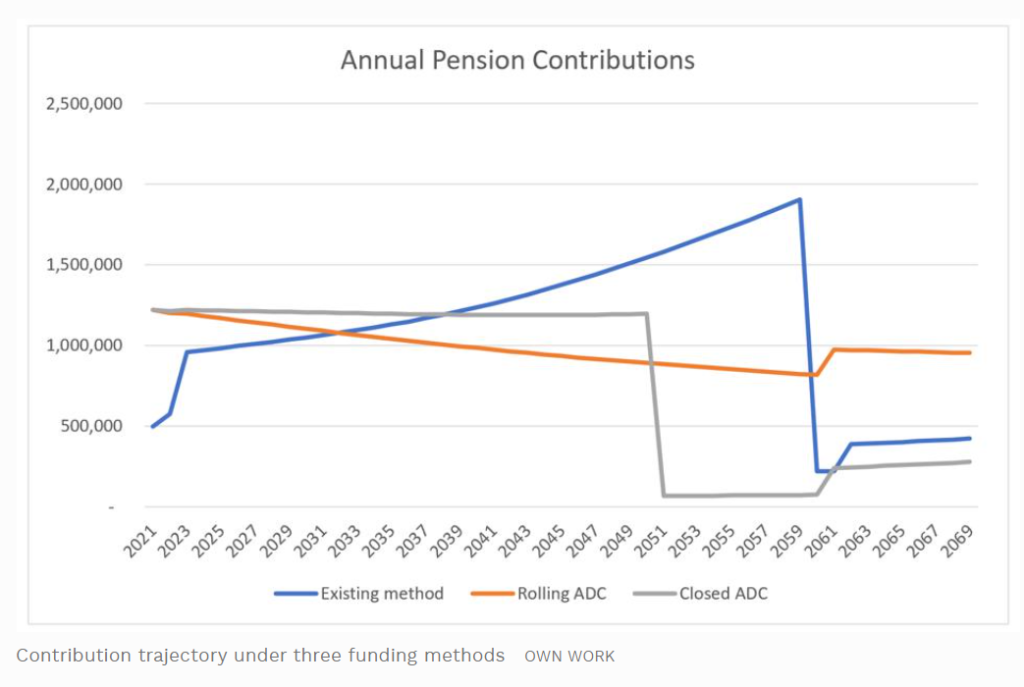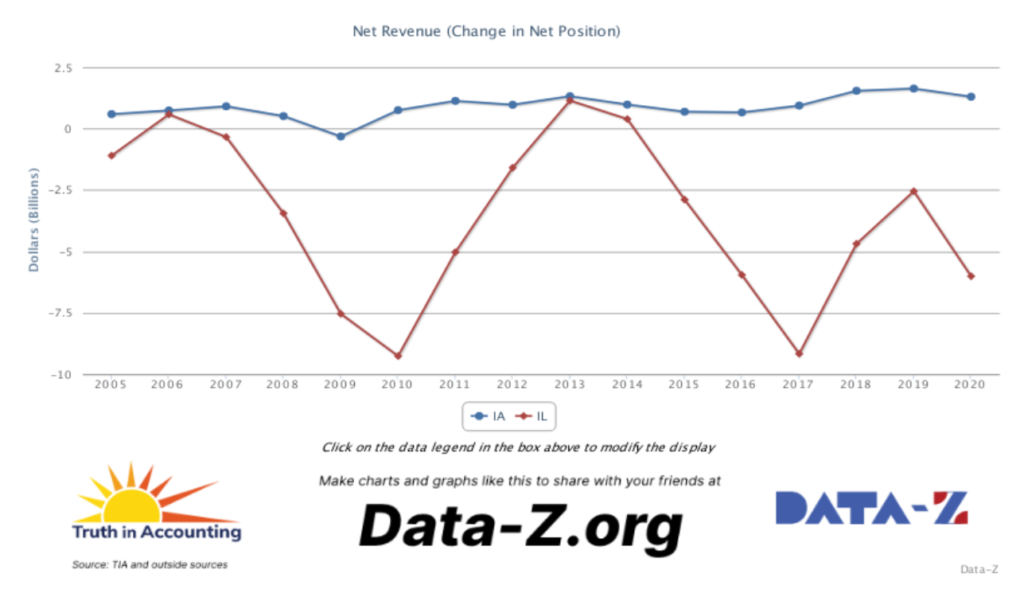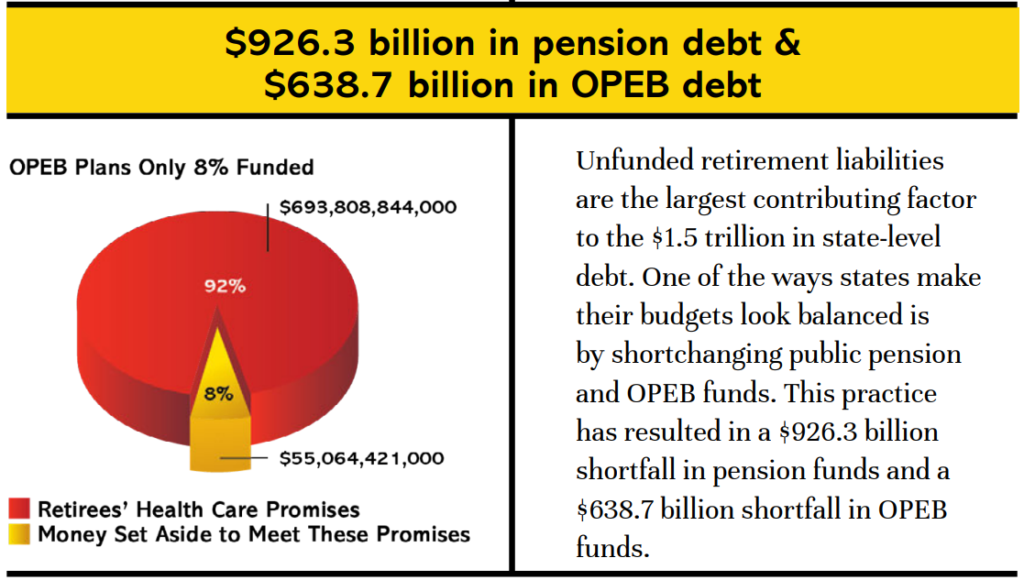Excerpt:
In the scramble to find a tax hike that all 50 Democrat Senators could support, Senator Kyrsten Sinema OKs a Tax on Billionaires’ Unrealized Gains.
….
The proposal by Senator Elizabeth Warren is a genuine wealth tax and easily could be tossed by the Supreme Court. Warren obviously does not give a damn.
Regardless, expect legal challenges based on the 16th Amendment.
The proposal taxes unrealized gains. But is there “income” before gains are realized? The courts will decide if this goes forward, but the idea is dubious at best.
Author(s): Mike Shedlock
Publication Date: 24 Oct 2021
Publication Site: MishTalk





